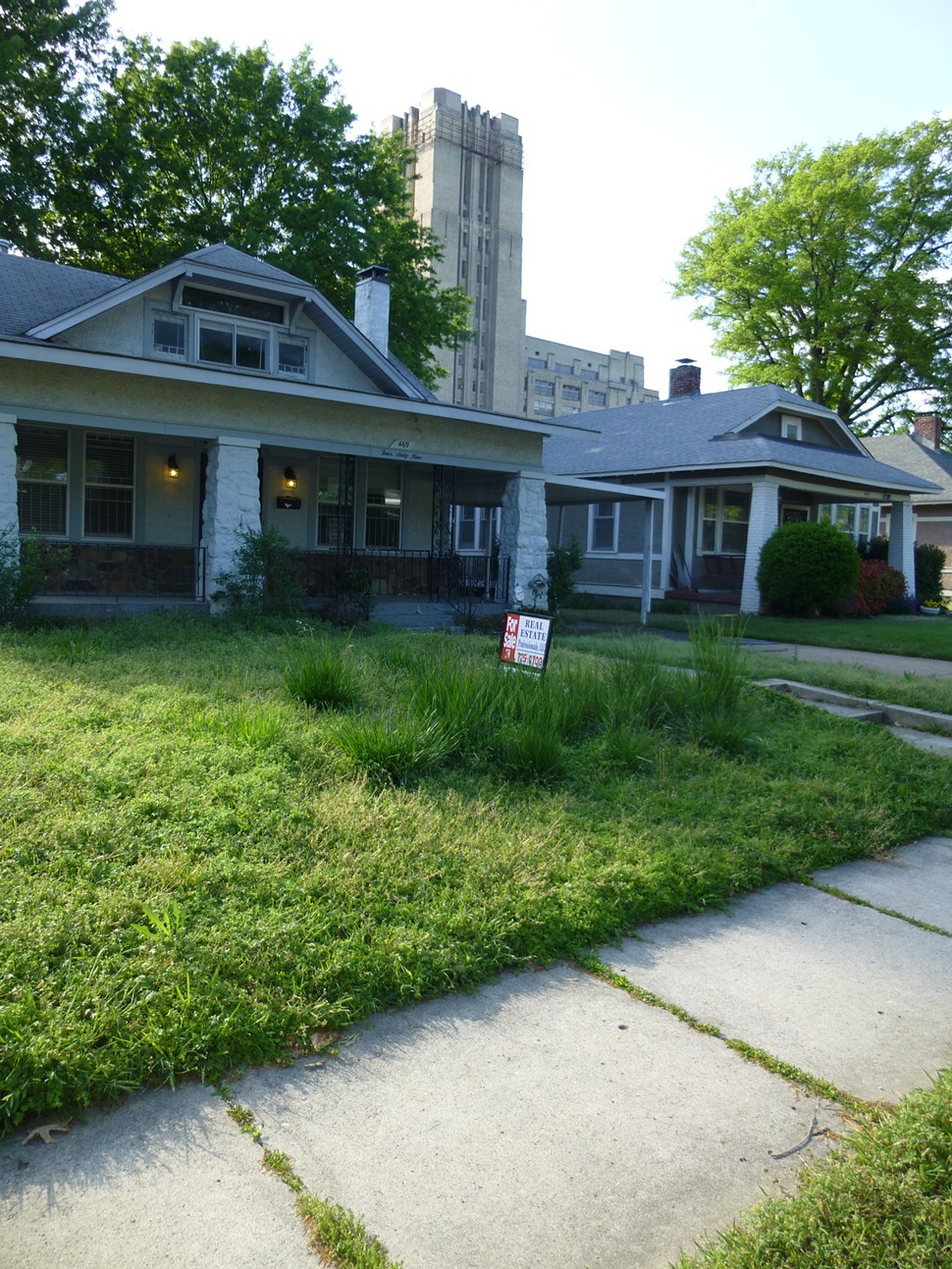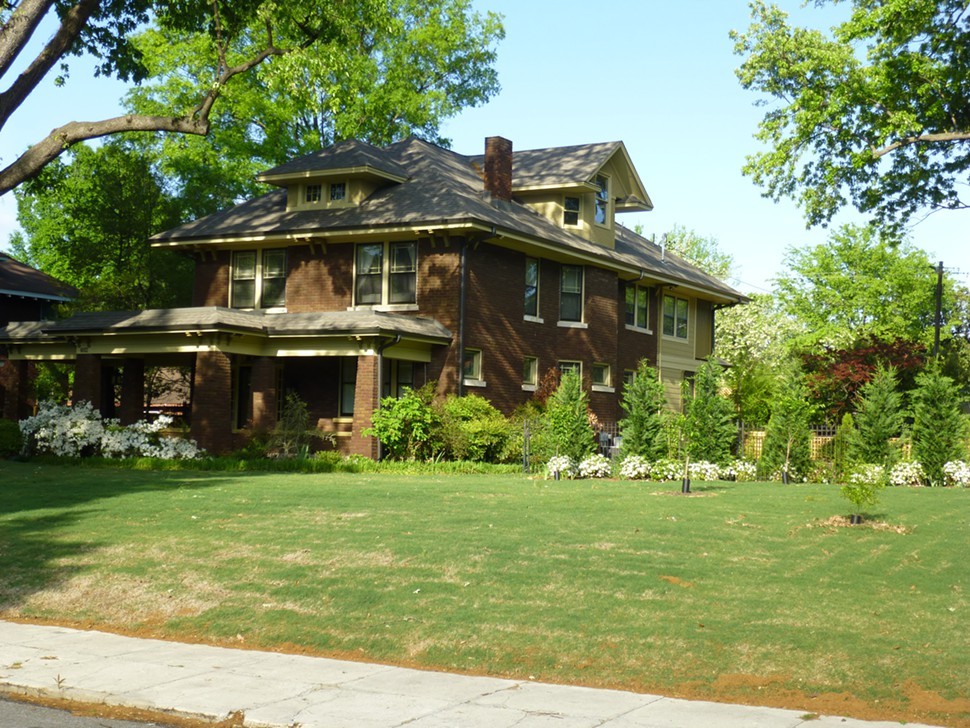Back in the days of the old Solid Democratic South (roughly, the 100-year period from the end of the Civil War to the civil rights revolution), such political disputes as existed below the Mason-Dixon line were either factional within Democratic ranks or were based on local or personal or occasionally ideological rivalries.
This was especially the case in border-state Tennessee, where the switch-over from Democratic to Republican control was later in coming than in the Deep South (though ultimately just as profound and sweeping).
In the Tennessee legislature, the most ferocious rivalries, even into the current century, were not between the two major parties. They involved power struggles between prominent Democrats — such as those between state senator Steve Cohen (D-Memphis) and foes like fellow Democratic senators Bob Rochelle (D-Lebanon) and Jim Kyle (D-Memphis).
(The ill feeling between Cohen and Kyle persists even to the present day, with the two antagonists in separate bodies — Cohen now serving as congressman from Memphis’ 9th District and Kyle holding on as leader of the rump group of Democrats in the state Senate.)
Republicans, whose foothold in East Tennessee grew slowly over time (until it began to expand geometrically and geographically in the last decade), were onlookers.
Famously and with unprecedented speed, that situation reversed itself with the statewide elections of 2008, 2010, and 2012. It is Republicans who now totally dominate state government and own what are referred to as “super-majorities” in the General Assembly. The roll call speaks for itself — 26 Republicans to seven Democrats in the state Senate; 71 Republicans to 27 Democrats and one independent in the House.
The roles are now reversed in the legislature, and it is the Democrats who are the onlookers, hoping to get a few crumbs from the table or to pass a few non-controversial measures with GOP indulgence.
There has to be some rejoicing in Democratic ranks, however, and some desperate, hopeful crossing of fingers regarding better days to come, after the contentious way in which Republicans fell out with each other in the waning days of the 2013 session of the General Assembly, which ended Friday.
Never mind that that’s probably wishful thinking. It had to be fun for Democratic legislators to hear Representative Bill Sanderson (R-Kenton) thunder his denunciation of SB 780/HB 636, prescribing a new formula for assigning judicial districts in Tennessee. This was a pet bill pushed relentlessly by Lieutenant Governor Ron Ramsey (R-Blountville), the Senate speaker and the driving force for most of the last three years of the Republican majority and of the legislature itself.
“This bill, friends and colleagues, came from the Senate. … We are just as equal as the other chamber across the hall. Believe it or not, you belong to a chamber that is autonomous. We are the people’s chamber. They have been dictating to us from the get-go. … This bill has been crammed down our throat. … Let’s draw the line today!”
See clip:
The line was indeed drawn, dramatically and overwhelmingly. The Ramsey-backed bill failed in the House by a vote of 28 for and 66 against — a majority of GOP members choosing to overrule the Senate’s Republican master.
The result further widened the schism between the chambers, between the speakers, Ramsey and state representative Beth Harwell (R-Nashville) in the House, and between one set of Republicans and another.
Ramsey’s response to the rebuff was to pass the word to his membership of his resolve to keep off the floor a bill to strengthen the state’s authorizing authority over new charter schools (HB 702/SB 830) that had passed the House overwhelmingly the day before, and was dear to the heart of both Harwell and Nashville mayor Karl Dean. Realizing the futility of trying to bring the bill up for a vote, Senate sponsor Dolores Gresham (R-Somerville) allowed it to be referred to the calendar committee, meaning it won’t be considered again until next year.
Democrats in both chambers, who had opposed the bill, were overjoyed.
Harwell was furious. Asked after the session had ended how “disappointed” she was that the bill had not been brought to the Senate floor, she answered, “Very … the votes were there.”
It was telling, too, that, unlike last year, the two speakers did not participate in a joint press conference with each other or with Governor Bill Haslam.
Grabbed by reporters on his way out of the Senate chamber, Ramsey was candid. Asked if the fate of the charter authorizer bill was related to that of the judicial redistricting measure, he replied, “Somewhat.” Though, when asked, he declined to use the word “retaliation,” he acknowledged, “I thought the judicial redistricting bill should pass. It didn’t. That’s where we are. … It’s not holding bills hostage. It’s that one body doesn’t agree with the other body.”
Shortly thereafter, Haslam did have a brief meeting with reporters, in tandem with the two chambers’ majority leaders, state representative Gerald McCormick (R-Chattanooga) and state senator Mark Norris (R-Collierville).
The governor conceded that not only the charter authorizer bill, which he, too, had favored, but another measure he wanted as part of his educational package, the creation of a pilot voucher system for public schools, had failed — both (though he chose not to dwell on the fact) because of dissension in Republican ranks.
“The great charter schools … we’re trying to attract to Tennessee … won’t come unless they think they have a good chance of getting approved,” Haslam lamented.
He made do by emphasizing other matters he regarded as successes — a pruned-down budget, a cut in certain taxes, the augmenting of the state’s rainy-day fund, increases in K-12 funding, changes in workers’ compensation laws, etc.
About the fallout between the two chambers and their leaderships, McCormick shrugged: “If there’s not a little tension between the Senate and the House and the governor’s office, we’re probably not doing our jobs. That’s how government works. There ought to be some tension.”
Clearly, there is, and it remains to be seen how much of it remains and how divisive the effect of it on the GOP supermajority is in the next legislative session.
See clip of complete post-session press conferfence with Governor Haslam and majority leaders McCormick and Norris:




